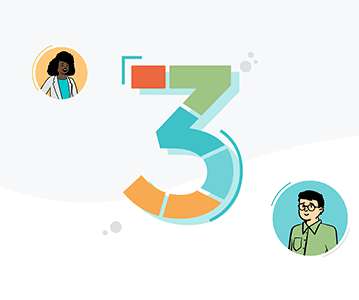Why Do Some Schools Get Better Quickly and Others Get Stuck?
Edsurge
JUNE 27, 2023
We had this intranet server service called FirstClass that kind of did in 2003 just about everything that Google for Education does now. And they said, ‘the principals weren't trying to stop this teacher use of Google Docs.’ They were describing these new practices of revision and collaborative writing. And I was like, ‘What?’

























Let's personalize your content